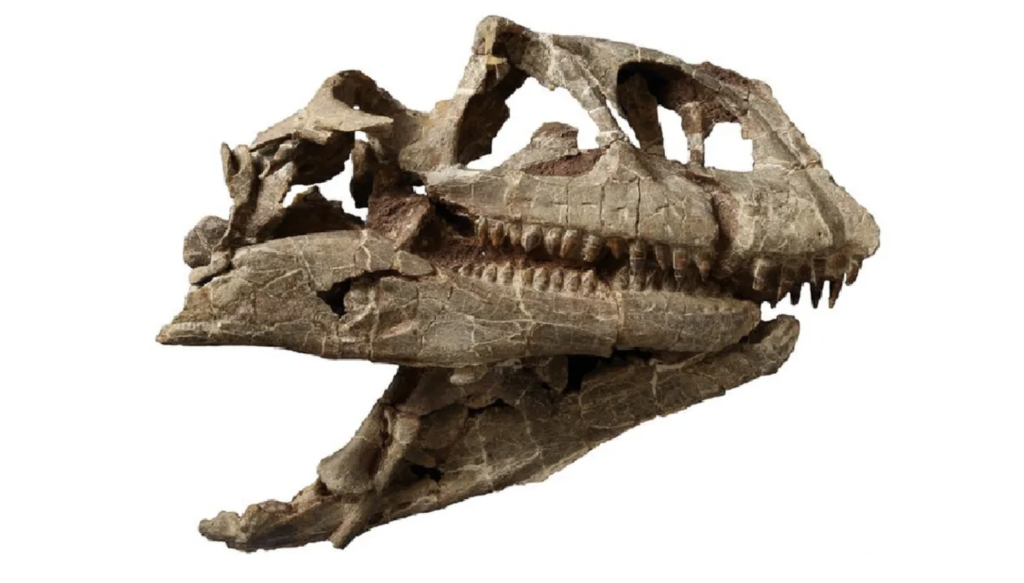At full maturity, these dinosaurs likely grew to lengths of up to 10 meters.
Others are reading now
New fossil discoveries often reveal fascinating details about Earth’s ancient past.
Each find sheds light on how life evolved over millions of years. A recent discovery in China has unveiled an extraordinary fossil that adds to our understanding of dinosaurs that lived 200 million years ago.
This find, an enormous and well-preserved skull from a previously unidentified species, was unearthed at the Lufeng National Geopark in Yunnan Province.
Also read
10 Meters Tall
The species has been named Lishulong wangi, a member of the sauropodomorph group that includes the ancestors of long-necked sauropods like Brontosaurus and Diplodocus.
At full maturity, these dinosaurs likely grew to lengths of up to 10 meters, according to Digi24.
Dating back to the Hettangian Age of the Early Jurassic Period, between 201 and 199 million years ago, the fossil was preserved in sediment layers that protected its intricate details.
Researchers published their findings in the journal PeerJ, identifying L. wangi as the largest non-sauropod sauropodomorph ever discovered in the Lufeng region.
Exceptional Preservation
The skull and nine neck vertebrae were found in fine-grained sediments deposited by ancient rivers and lakes.
Qian-Nan Zhang, lead researcher from the Chinese Academy of Sciences, explained that these conditions allowed the fossil to remain exceptionally well-preserved.
Minerals from the sediments seeped into the bones over time, aiding the fossilization process.
Lufeng has long been a rich source of sauropodomorph fossils, with at least seven other genera discovered in the area.
The preservation of L. wangi’s skull provides a rare opportunity for scientists to study the physical features of this dinosaur in detail.
Although limb bones were not found, making it difficult to confirm whether L. wangi walked on two or four legs, its closest relative, Yunnanosaurus, could move in both ways. This suggests L. wangi might have shared similar abilities.
As an herbivore, L. wangi likely fed on early plants such as ferns, ginkgos, and conifers. Based on its skeletal features, researchers believe the specimen was an adult when it died.


